Optimal Timing for Commercial Roofing

Spring offers moderate temperatures and longer daylight hours, ideal for roofing projects.
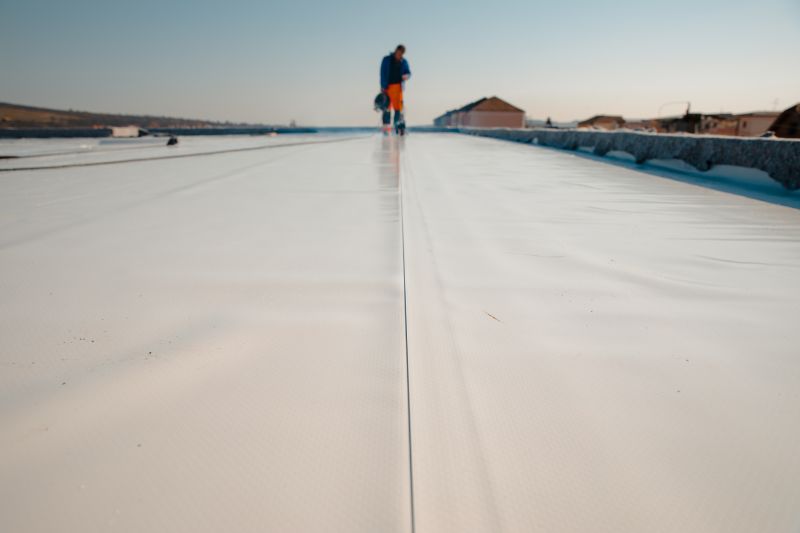
Warm weather allows for efficient application, but high temperatures can affect materials.

Fall provides cooler temperatures and less humidity, suitable for roofing work before winter.
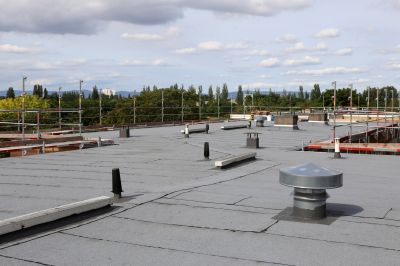
Ways to make Commercial Roofings work in tight or awkward layouts.
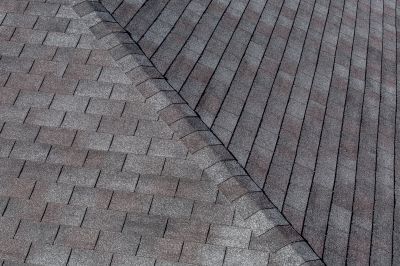
Popular materials for Commercial Roofings and why they hold up over time.
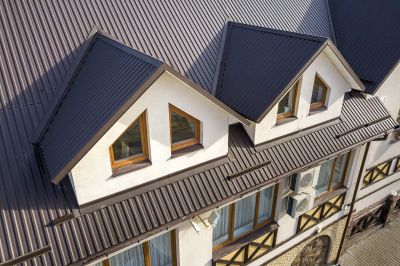
Simple add-ons that improve Commercial Roofings without blowing the budget.
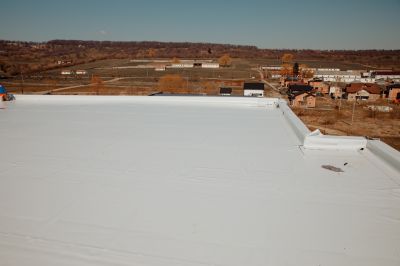
High-end options that actually feel worth it for Commercial Roofings.
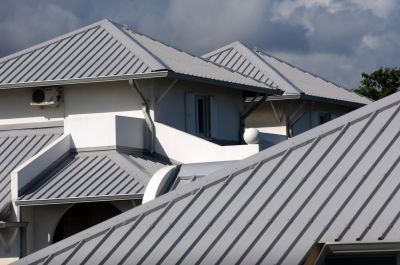
Finishes and colors that play nicely with Commercial Roofings.
Commercial roofing is a critical component of building infrastructure, providing protection from weather elements and ensuring energy efficiency. Proper timing of roofing projects can influence durability, cost, and installation quality. Typically, the best periods for commercial roofings are during moderate weather conditions, avoiding extreme heat or cold, which can impact material performance and safety.
Extreme temperatures and precipitation can delay or compromise roofing work.
Many roofing materials perform best within specific temperature ranges, ensuring longevity.
Planning roofing projects during optimal seasons can reduce costs and improve quality.
Regions with mild seasons are ideal for year-round roofing activities.
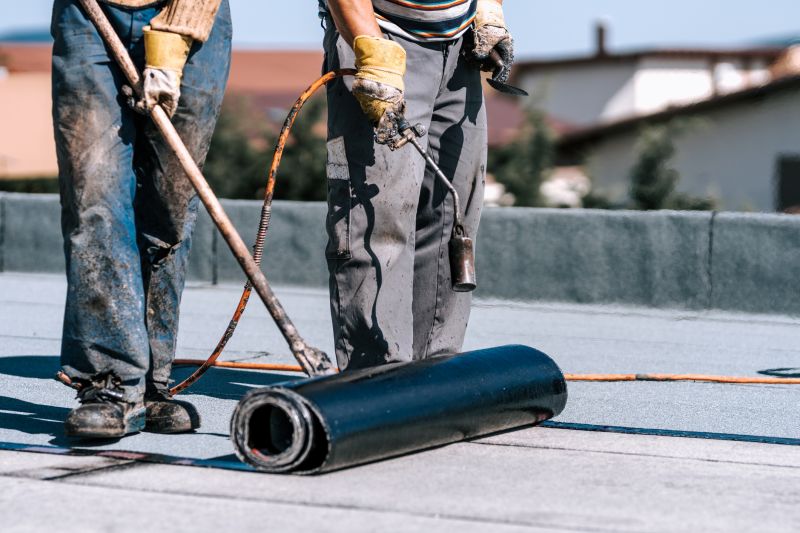
Professional installation during suitable weather ensures quality and durability.

Regular inspections are best scheduled in dry, mild conditions for accurate assessments.
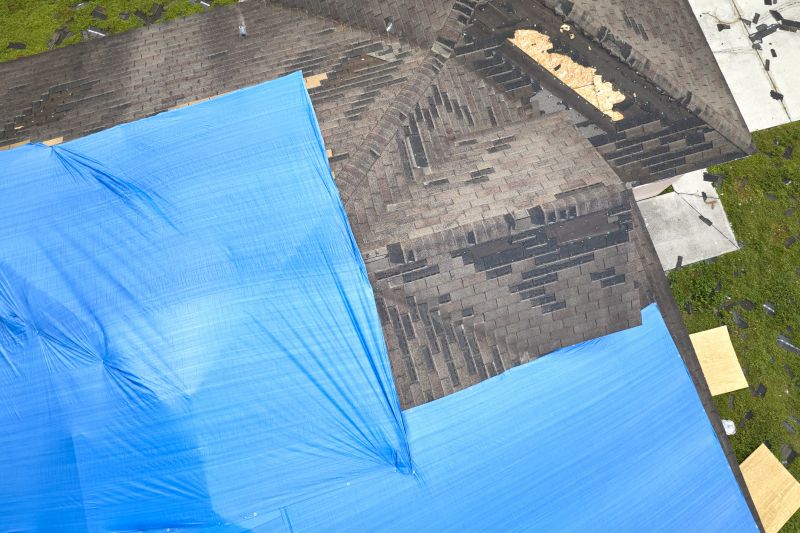
Timely repairs during favorable seasons prevent further damage and reduce costs.

Applying protective coatings is most effective in warm, dry weather.
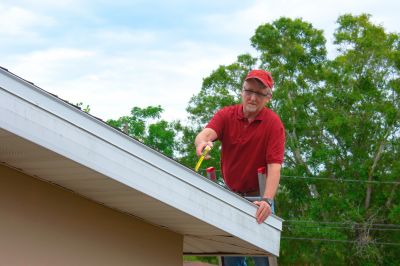
Little measurements that prevent headaches on Commercial Roofings day.
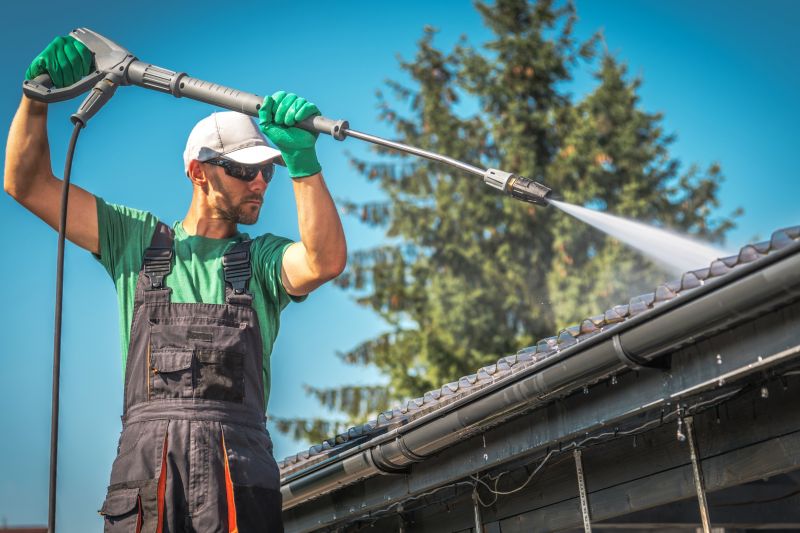
A 60-second routine that keeps Commercial Roofings looking new.
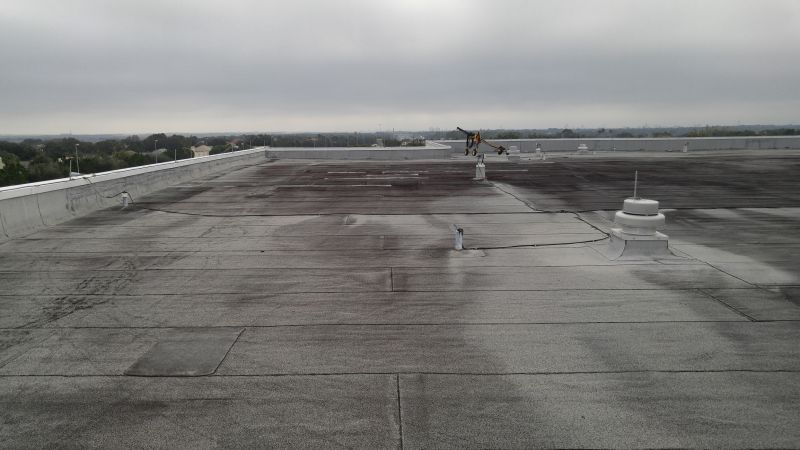
A frequent mistake in Commercial Roofings and how to dodge it.
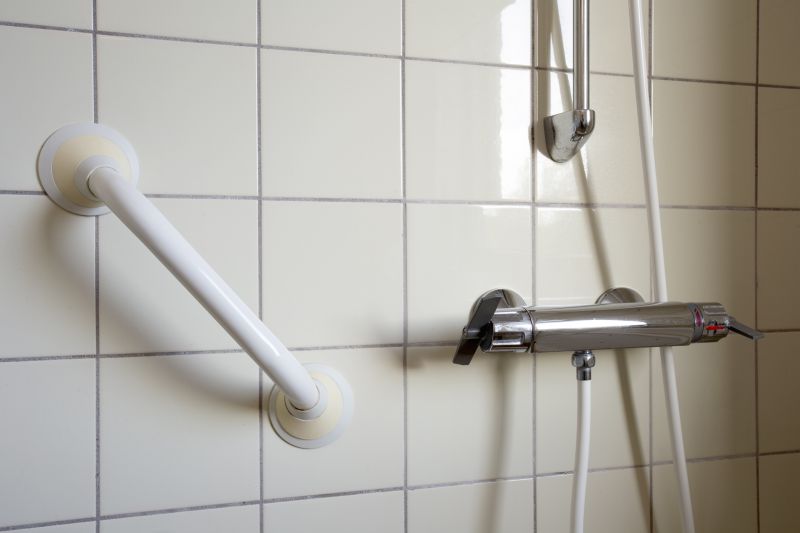
Small tweaks to make Commercial Roofings safer and easier to use.
| Season | Optimal Activities |
|---|---|
| Spring | Installation, inspections, minor repairs |
| Summer | Coating, maintenance, repairs |
| Fall | Preparation, sealing, inspections |
| Winter | Limited activity, emergency repairs |
Understanding seasonal variations helps in planning commercial roofing projects effectively. Factors such as temperature, humidity, and precipitation influence the choice of materials and the timing of installation or repairs. Avoiding extreme weather conditions can lead to better adhesion, longer-lasting results, and reduced labor costs.
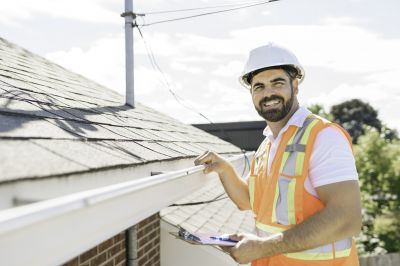
Conducted in dry, mild weather for accurate assessment.
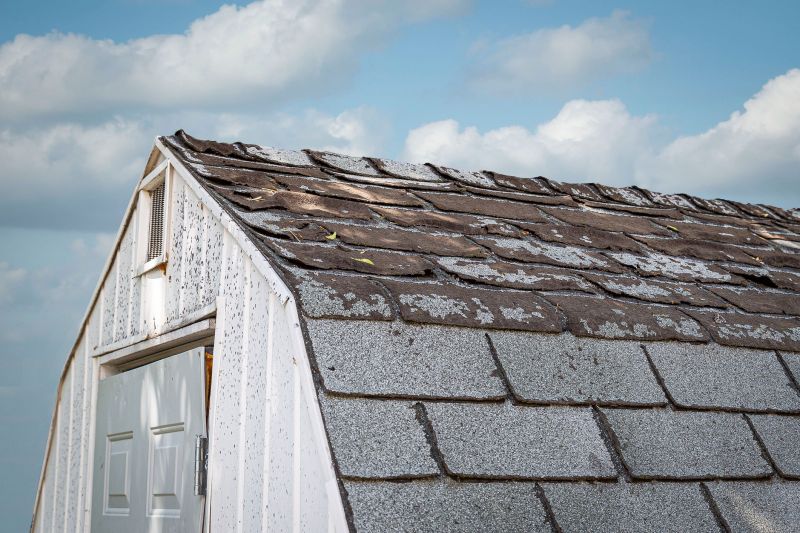
Scheduled during favorable seasons to prevent damage.

Performed as needed, regardless of season, to prevent further issues.

Best applied in warm, dry conditions for optimal adhesion.
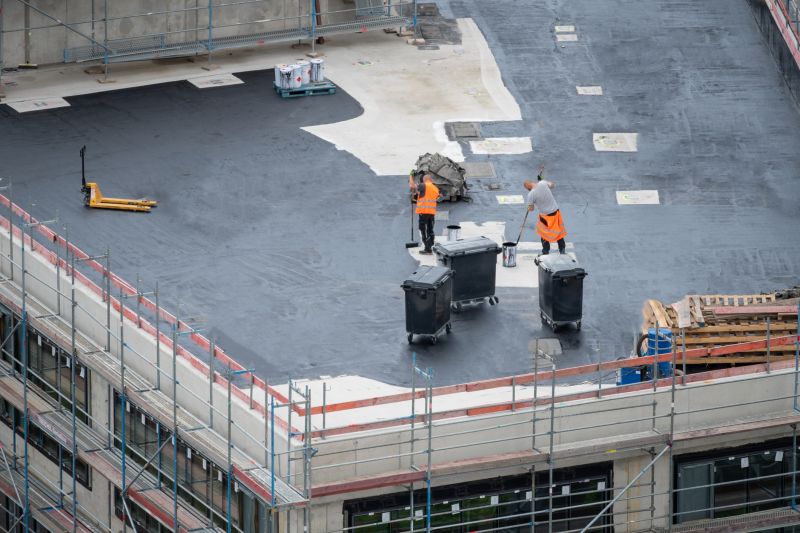
Lower-waste or water-saving choices for Commercial Roofings.
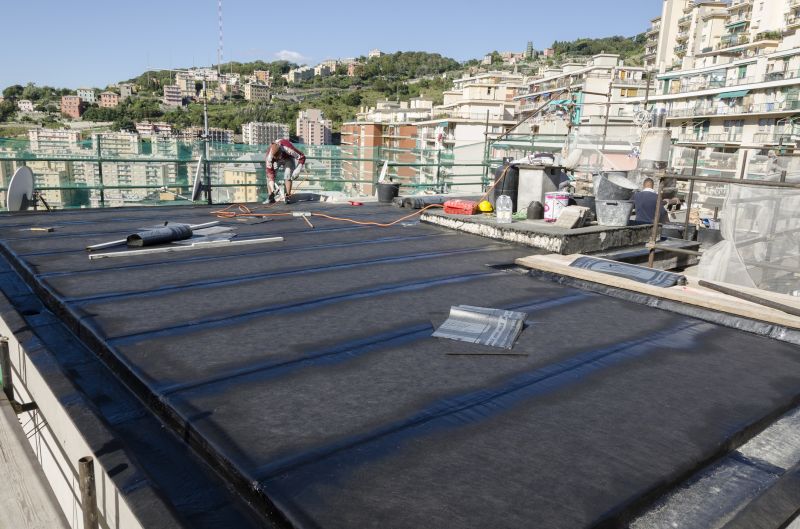
The short, realistic tool list for quality Commercial Roofings.
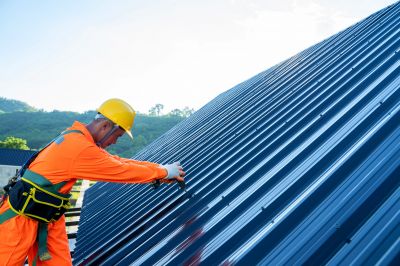
Rough timing from prep to clean-up for Commercial Roofings.
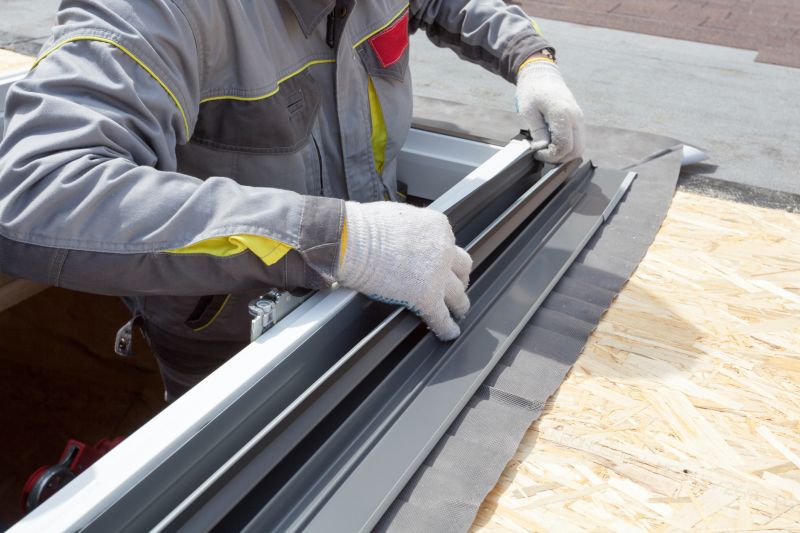
Quick checks and paperwork to keep after Commercial Roofings.
Planning roofing activities around seasonal conditions ensures the best results. Contractors often recommend scheduling major projects during spring and fall to take advantage of moderate weather, which helps in achieving longer-lasting and more reliable roofing systems.
Regional climate influences the ideal timing for roofing projects.
Choosing appropriate materials based on seasonal conditions enhances durability.
Favorable weather can shorten installation times and reduce costs.
Regular inspections during mild seasons help maintain roof integrity.

Best during dry, moderate weather for accuracy.
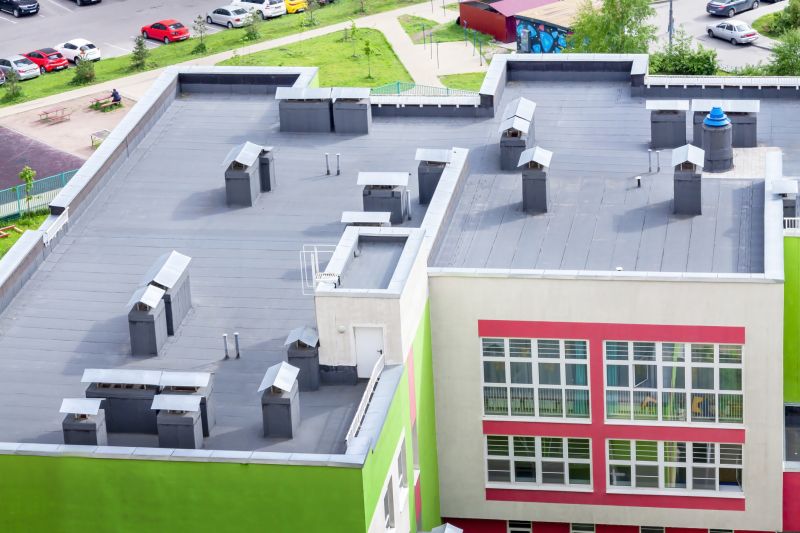
Timely repairs during suitable weather prevent escalation.

Apply in warm, dry conditions for optimal results.
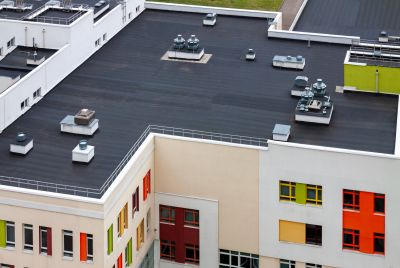
Ways to make Commercial Roofings work in tight or awkward layouts.
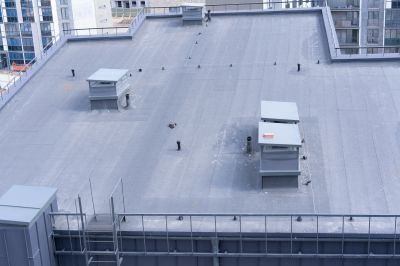
Ways to make Commercial Roofings work in tight or awkward layouts.
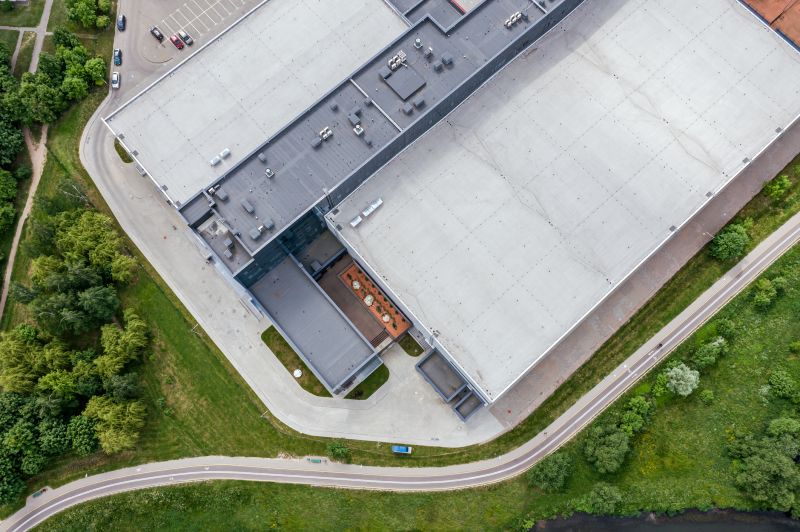
Ways to make Commercial Roofings work in tight or awkward layouts.
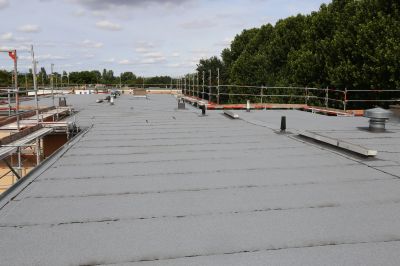
Ways to make Commercial Roofings work in tight or awkward layouts.
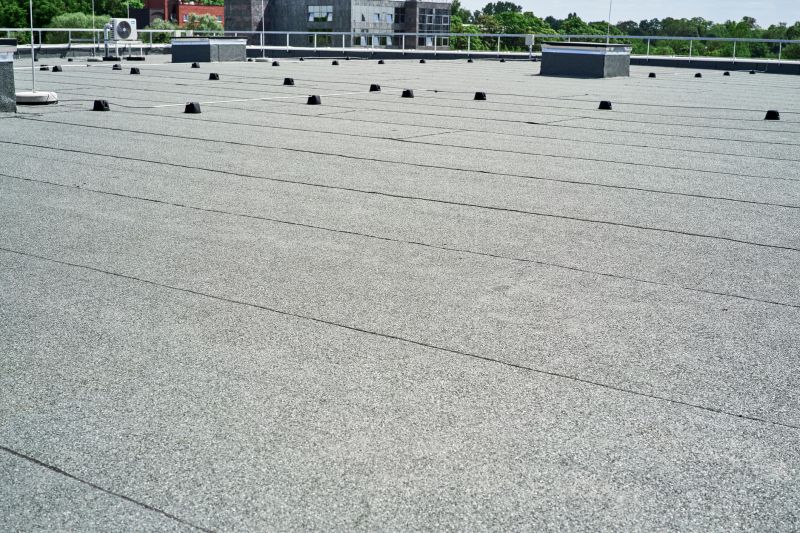
Ways to make Commercial Roofings work in tight or awkward layouts.
Selecting the appropriate time for commercial roofing projects can significantly impact their success. Proper planning, considering regional climate patterns and material requirements, ensures durable and cost-effective results. Regular inspections and maintenance during favorable seasons extend the lifespan of roofing systems.
Interested parties are encouraged to contact for further assistance in scheduling and planning commercial roofing projects to optimize outcomes and ensure long-term protection of their buildings.



